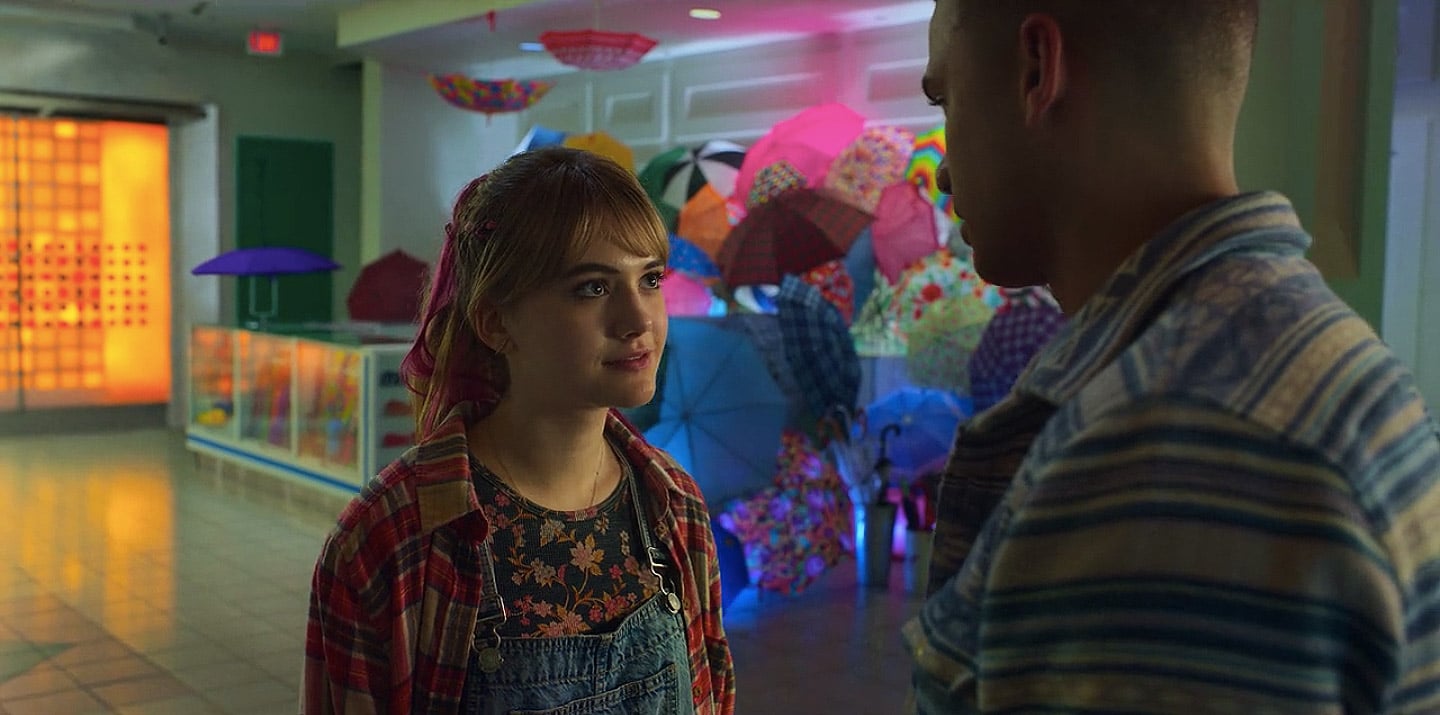Netflix recently released the third and final season of Locke & Key, adapted from the graphic novel series created by Joe Hill. A coming-of-age supernatural horror series, the story centres around the Locke family and their ancestral home Keyhouse, which is filled with hidden mystical keys.
The series stars Darby Stanchfield as Locke family matriarch Nina Locke, Connor Jessup as the eldest child Tyler Locke, Emilia Jones as middle child Kinsey Locke and Jackson Robert Scott (Georgie from the latest adaptation of Stephen King’s It) as the youngest child Bode Locke.
Not only is the series a thrill to watch, but it also dives deeply into complex, yet significant concepts, such as trauma, fear and addiction in a very raw way (warning, there are some spoilers ahead so please read on at your own discretion).
One of the things I perhaps liked most about the series is how it addresses trauma and loss. Even before the series begins, the Locke family faces the death of patriarch Rendell Locke. Let me be more specific: various flashbacks reveal that Rendell was murdered, by one of his students, in front of the family – with Tyler watching helplessly from outside the front door, Kinsey trying to protect Bode, and Nina also getting shot before managing to knock the perpetrator unconscious. As the series begins, the family uproots their life from Seattle to the small town of Matheson, Massachusetts, where Keyhouse awaits them. However, in the first season, they continue to be haunted by memories of the traumatic event, with sounds and images from their daily lives reminding them of the tragedy.
Don’t get me wrong – I love the supernatural elements of the series. Each magical key is uniquely designed and has its own ability. There’s the Anywhere Key, which allows you to travel through any door you’ve seen before, and the Head Key, which allows you to venture inside your own head. The Head Key is especially unique as it allows you to revisit your memories, put things inside your head that you can later recall and literally “meet” your emotions (fear, happiness, etc.), which are personified by a version of yourself. And of course, we can’t forget about the demonic entity who goes by the name Dodge and who is also seeking the keys for their own sinister reasons.
However, we can’t overlook the fact that the show also conveys a lot of real, relatable material about complex topics and emotions. The notion of pain and trauma as something we would rather forget emerges throughout the series. In the world of Locke & Key, adults do not remember magic, but the Memory Key allows people to retain their memories of the magic of Keyhouse and the keys. At the end of the second season (spoiler alert!) Tyler’s girlfriend Jackie dies after being turned into a demon by Dodge (and a failed attempt to turn her back). Thus, Tyler decides to not use the Memory Key on himself so he would forget his memories of magic and the pain of losing his girlfriend. However, in the third season, Tyler changes his tune, as he ultimately decides to use the Memory Key, reasoning that having the memories back will allow him to understand his pain.
I also like how the series conceptualizes fear. As the first season begins, Kinsey is haunted by her father’s murder, finding herself paralyzed by fear. Ultimately, she decides to use the Head Key to literally take the fear out of her head and bury her fear – which is a living, monstrous representation of her – in the backyard. She starts to take risks as a result of being fearless and she goes after what she wants; however, in the second season, she realizes how much she is missing with an entire emotion removed from her head. She is able to summon her “fear monster” to return to her and reinsert her fear back into her head. This helps her confront her fears and move on, especially when she realizes that her former boyfriend “Gabe” is actually Dodge in disguise. Kinsey’s character arc illustrates fear as a sometimes unwelcome but ultimately valuable presence in our lives.
Also interwoven in the series are Nina’s struggles with alcoholism, which she is struggling with even before the events of the series. So, we can see how things intensify for her following the murder of Rendell and the subsequent relocation of her family to Keyhouse. Things get even more complicated when Sam Lesser, the student who murdered Rendell, shows up at Keyhouse in the seventh episode of the first season, threatening the family and demanding several of the keys. This results in her falling off the wagon. Over the course of the subsequent episode, Nina starts to spin out of control as her children watch, unsure how to handle it. Ultimately, Nina clashes with her children, smashing the urn with Rendell’s ashes on the floor. Although Nina can bounce back, her addiction comes back to haunt her in the third season when, using the Head Key, she relives some of the most painful mistakes she made as a result of her addiction. In a scene that’s difficult to watch, Kinsey comforts her mother about the fact that she’s spiralling into her former destructive self, just without the alcohol. “You haven’t taken a drink, but you’ve still found a way to relapse,” Kinsey says.
Locke & Key is a great supernatural series, filled with magic, family secrets and plot twists. But, above all, what I love about the series is how it combines the mystical elements of magical keys, demons, and a paranormal world with realistic portrayals of real-word concepts, such as trauma, fear and loss.

